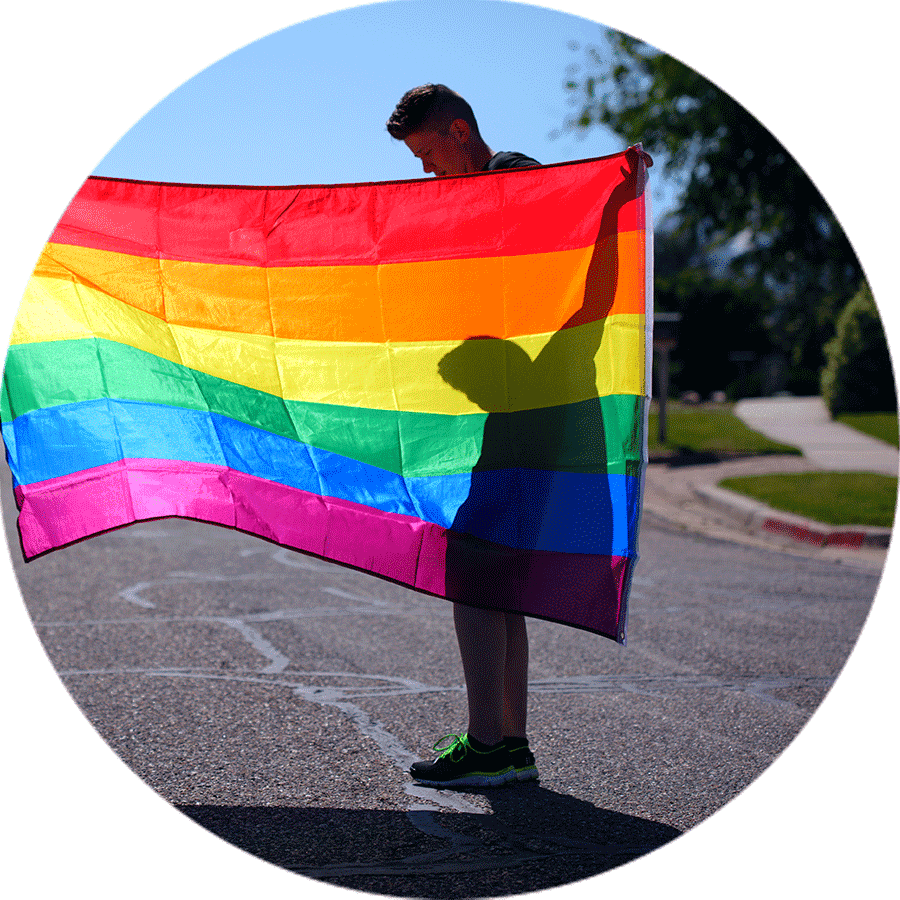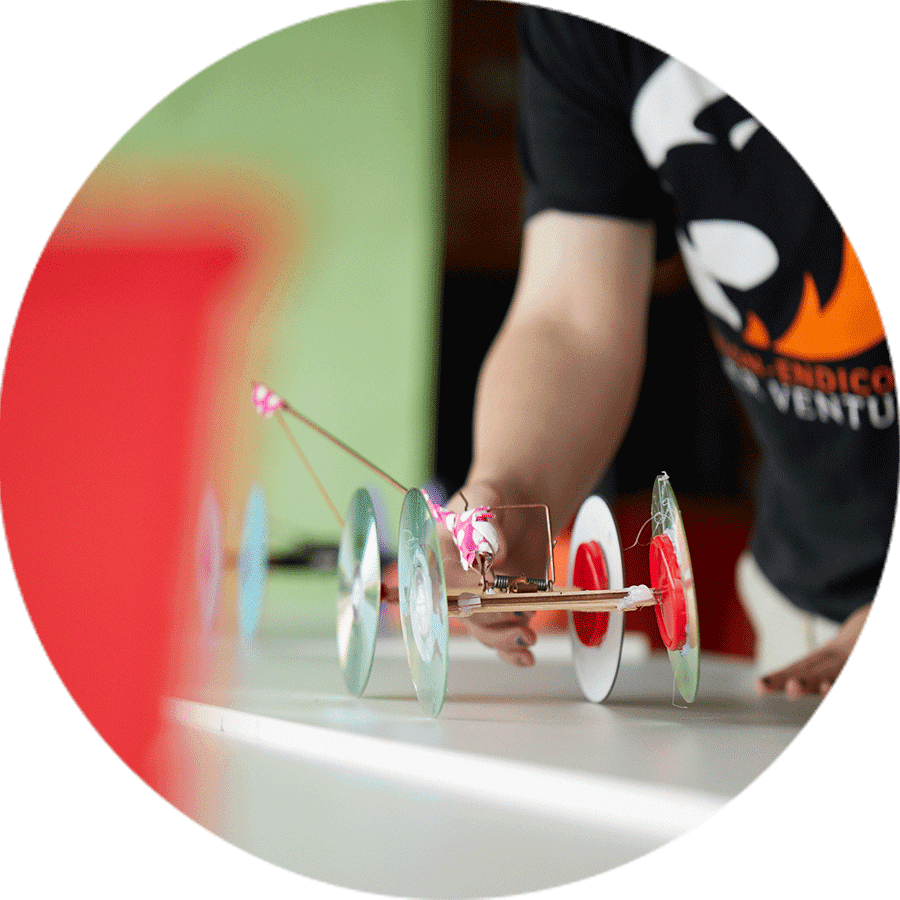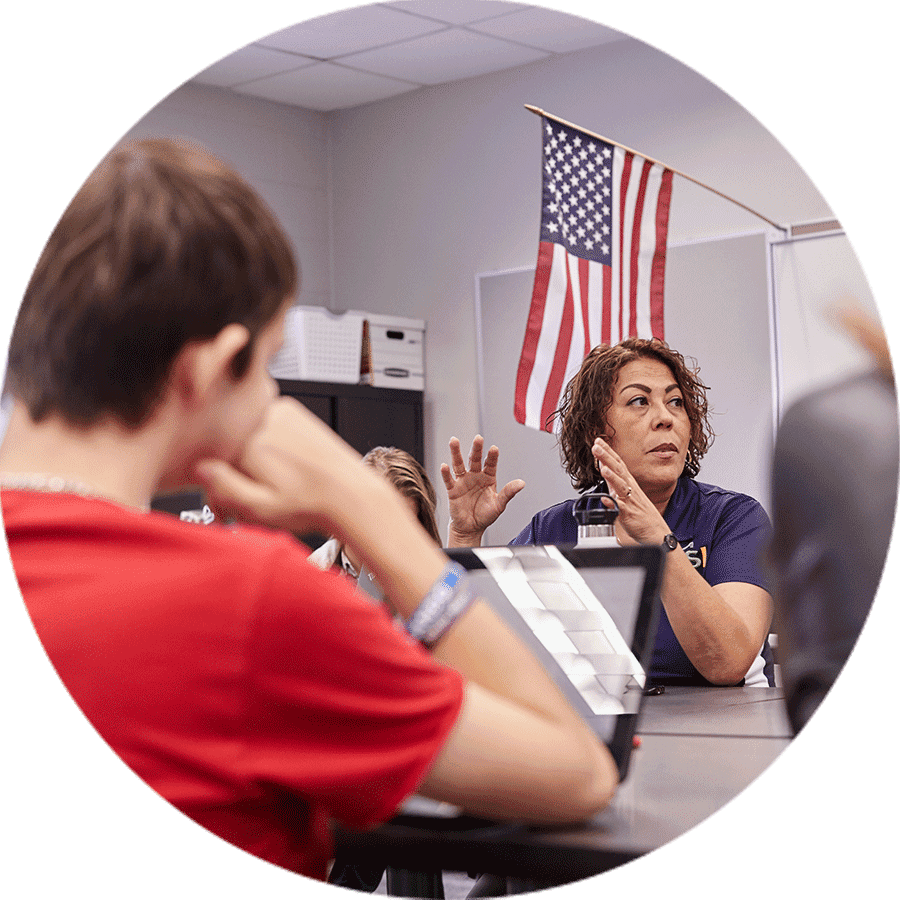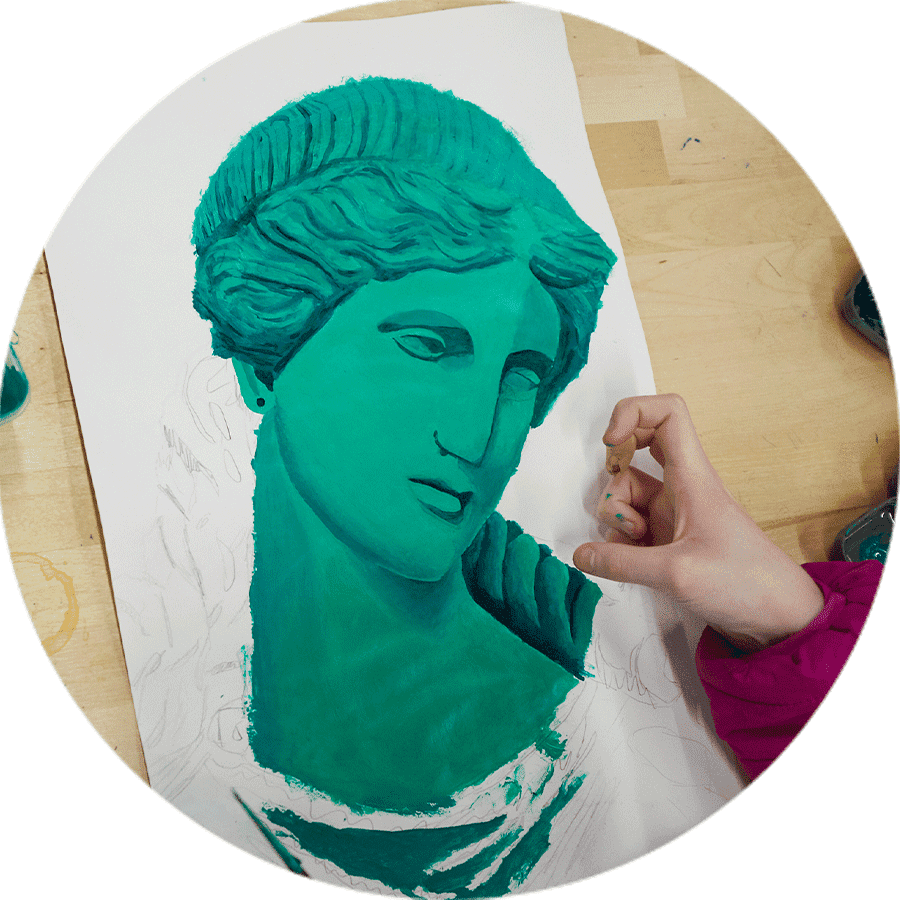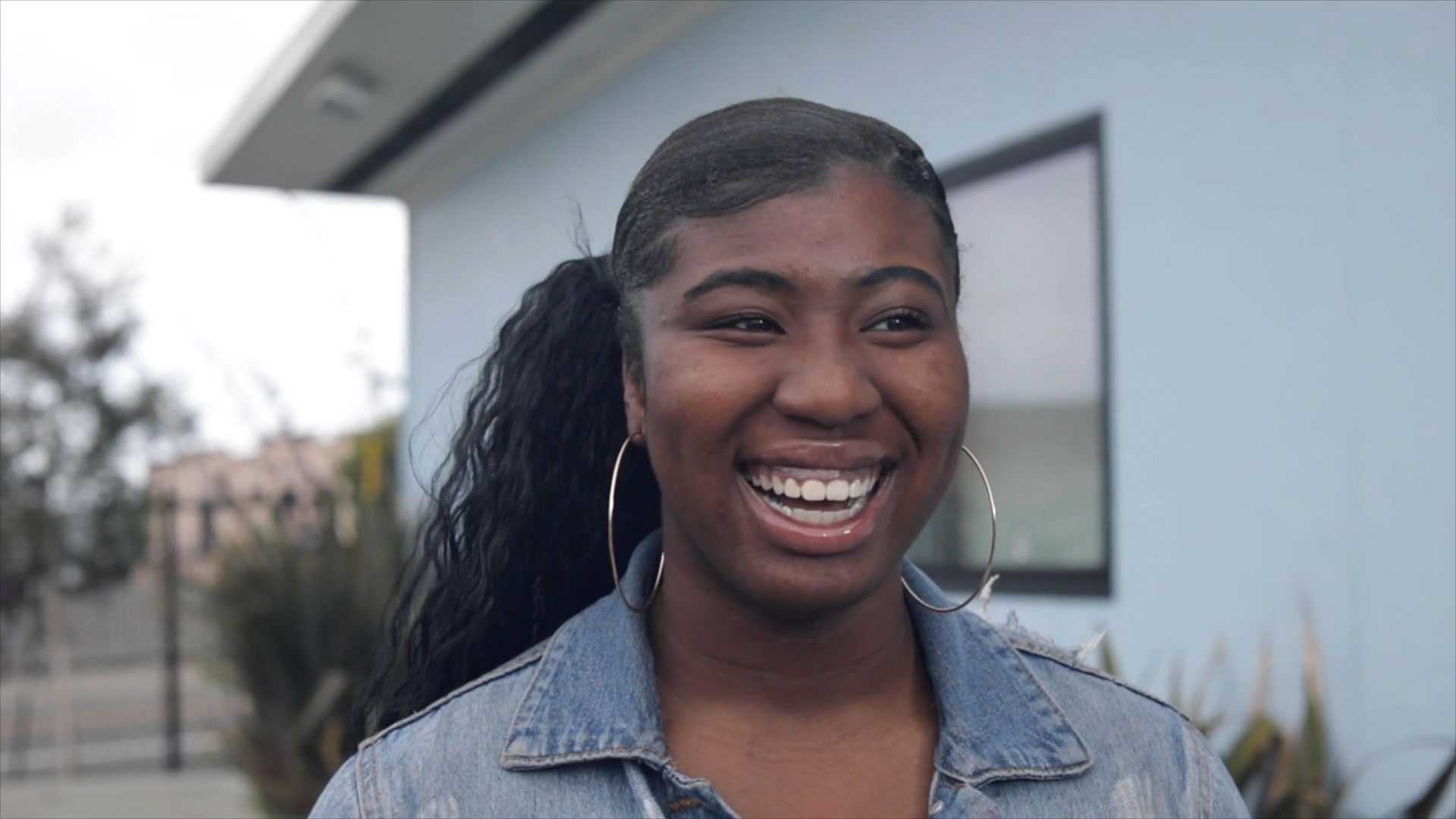Synthesize
Throughout this module, you and your team have discussed why it’s essential to prioritize student “voice and choice,” and why doing so can be both rewarding and challenging. Here’s a look at how other high school design or redesign teams have grappled with some of these same issues.
Now it’s time for you and your team to step back and reflect.
Step 1 – Summarize Your Work
How will your school support and enable students to form positive identities as continuous learners, build complex skills, and contribute as members of their communities? Consider how students’ ability to exercise voice in each area—their own learning, their schools, and their community—contributes to their development as skilled, confident, well-rounded graduates.
Step 2 – Share Your Vision
Now get ready to share your ideas with others in your school and community.
- Develop profiles of 2-3 representative students and describe their growth and development through high school.
- Be prepared to explain your thinking about why their similarities and differences make them representative of students in your school.
More Resources on This Topic
![student smiling]() Youth Voice Empowers Inclusivity
Youth Voice Empowers InclusivityThis post-enhanced article by XQ shows how two Maryland students initiated youth voice groups to address racial tensions and build an inclusive culture.
Watch![black and white collages]() Failure Is an Option
Failure Is an OptionAt Iowa BIG, students sometimes stumble. Sometimes they fail. But they always learn. Learn how.
Read![student working on a computer]() Owning the Evidence
Owning the EvidenceDiscover how students in Louisville, Kentucky, use digital portfolios to demonstrate mastery and “defend” their right to move to the next level.
Read![student holding rainbow flag]() Gay-Straight Alliance Network
Gay-Straight Alliance NetworkSince 1998, this youth-driven group has been making schools and communities safer for LGBTQ students.
Explore![student working on a project]() Enhancing Agency and Engagement
Enhancing Agency and EngagementThe Aspen Commission on Social, Emotional, and Academic Development partnered with Edutopia to create this video library on student agency and engagement.
Watch![teacher smiling]() Student-Centered and Student-Led
Student-Centered and Student-LedBoise’s One Stone High School is an independent, nonprofit school designed and led by students. Here’s a podcast by students on the school’s board of directors.
Listen![teacher talking and student listening]() A Toolkit for Youth Engagement
A Toolkit for Youth EngagementHow can educators close the civic participation gap by better engaging youth in underserved communities? This toolkit from Generation Citizen offers research-based advice.
Explore![student painting]() Personal Pathways
Personal PathwaysSchool leaders and students explain how Purdue Polytechnic High School enables students to forge personalized pathways grounded in passion and purpose.
Watch



